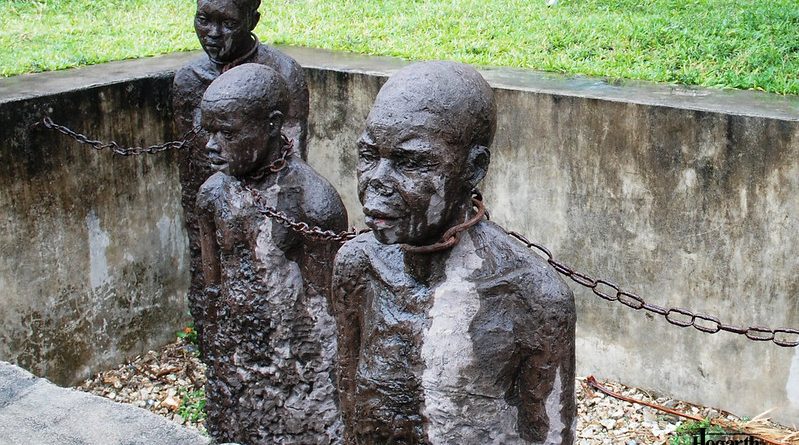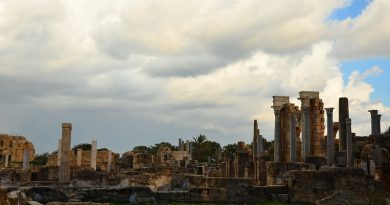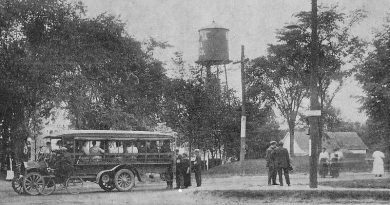Cape Verde’s legacy of slavery
In the 16th and 17th centuries the Cape Verde islands stood at the confluence of several” highways of the sea”.
A great variety of goods from Europe, India, and Spanish America were funnelled through the islands to the Guinea coast. These included metals, textiles, beads, spices, silver and wine, brandy and European manufacture. And from
Africa came ivory, beeswax, and slaves.
Racially and socially, Cape Verde is a creation of the slave trade. The criole language is a coming together of Portuguese and African languages The Portuguese granted Santiago’s residents exclusive rights over the slave trade in 1466.
Slavery was at its height between 1475 and 1575 when it was still monopolised by Portugal, but Spanish and English slavers began to erode the monopoly in the late 16th century .
28,000 slaves passed through Santigo on Cape Verde en route to the New World in the 17th century . Most slaves originated from Senegal and Sierra Leone. Some were criminals being sold as punishment but most were victims of kidnappings or raids.
The slaves of Santigo were sold for a higher price than those on the coast of West Africa; this is because by the time the slaves had got to the islands the weak had been weeded out and those that remained often spoke criole, were sometimes baptised, and importantly were resigned to a life of slavery.
In the 19th century , Cape Verde became an important centre for slave smuggling and anti-slavery operations. American ships would dock and change their flags to Portuguese so they were able to continue trading in slaves. Slavery only began to be abolished on the islands in 1856




